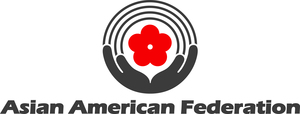From our friends at the Asian American Federation comes this announcement:
The Asian American Federation is preparing a first ever national report to examine changes in demographics and socioeconomic status of Asian American children. The report will help us better understand the characteristics and growth of Asian American children, identify family support, as well as financial, educational and health related needs.
A conference to discuss the report’s findings, policy implications and philanthropic responses will be held:
Thursday, March 27, 2014
Time Warner Center, New York City
8:00am breakfast & registration
8:30am program
This full day event will include continental breakfast, plenary sessions, concurrent workshops and a networking reception. Discussion topics include:
- Early childhood development including health disparities and access to care
- Health policy that promotes healthy children in Asian American communities
- Social policy towards working poor families
- Education policy to promote academic success for at-risk youth
- Depression and suicide among adolescent females
- Philanthropy as an advocacy tool


